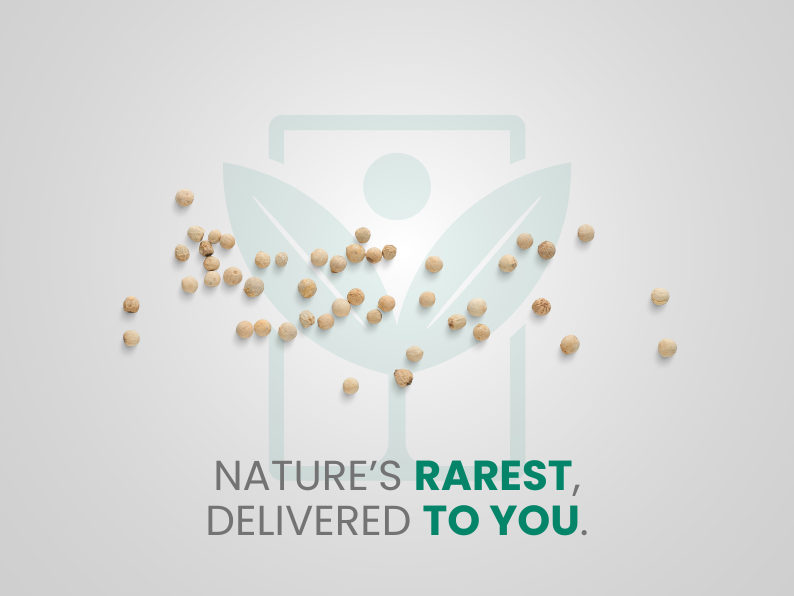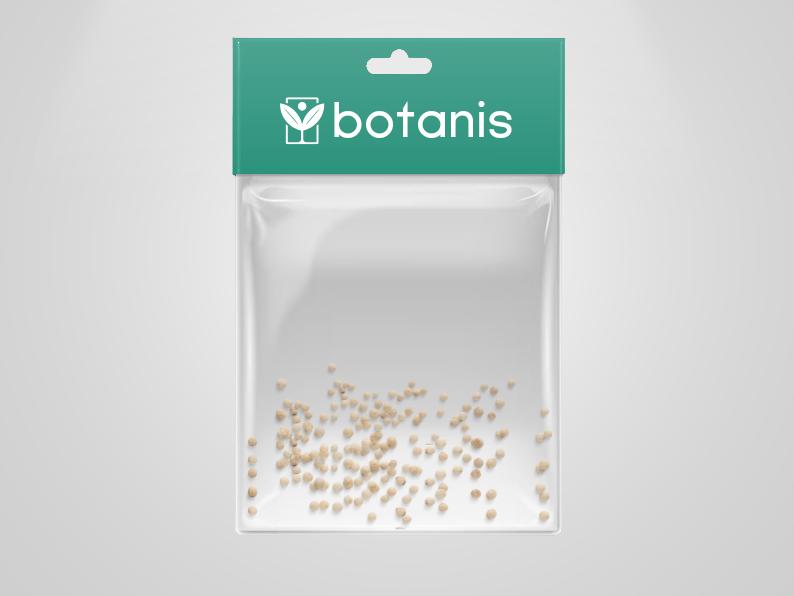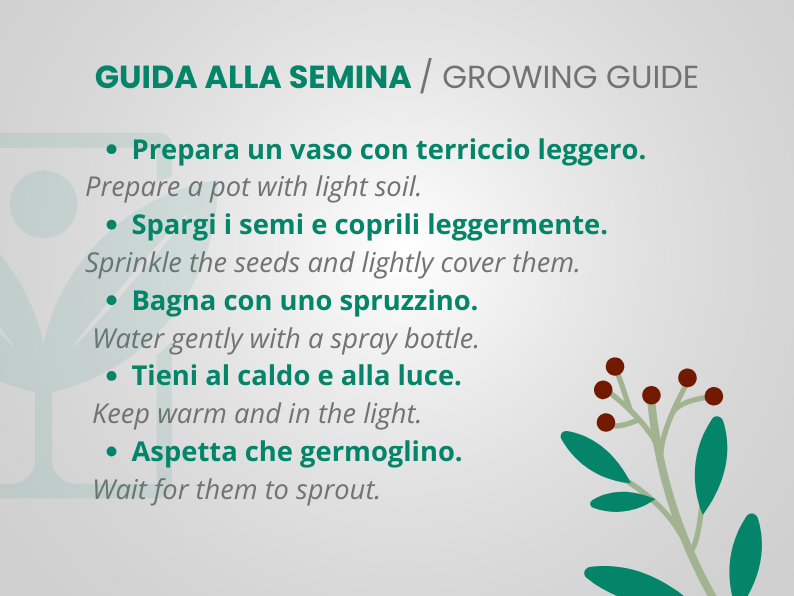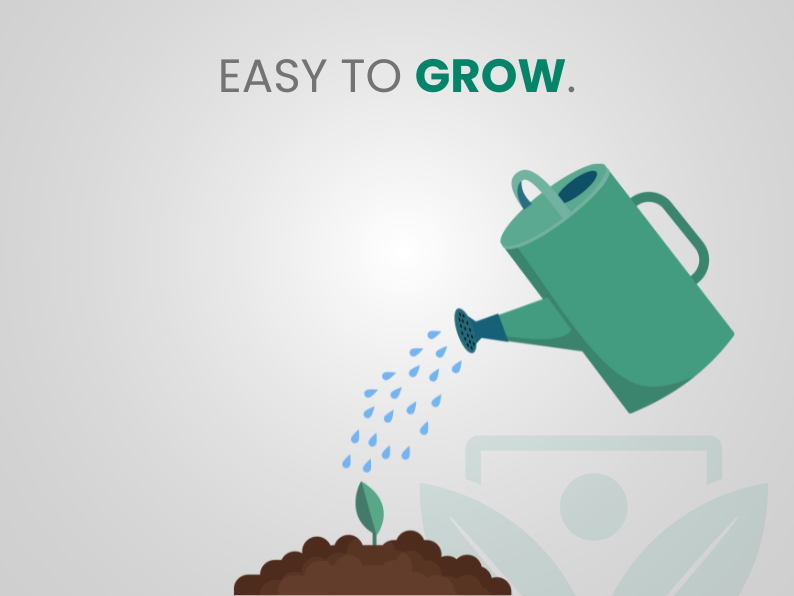10 seeds of WHITE PINEBERRY - white strawberry PINEAPPLE - high quality selected seeds - top tropical plant
Shipping time: 3-5 business days
Use code " BOTANIS10 " for a 10% welcome discount!
Free shipping: on orders over €39!
Couldn't load pickup availability

Description
WHITE PINEBERRY - WHITE STRAWBERRY PINEAPPLE, 50 SEEDS AT SPECIAL PRICE
Have you ever thought you could taste a strawberry that tastes like pineapple? It is not a strange variety of this fruit born from the unlikely crosses carried out in the laboratory by someone in the mood for experiments, but a very ancient type of strawberry, arrived in the past for the first time from Chile. Their name is Pineberry, but in Italian they have been renamed as pineapple-strawberries.
Pineapple strawberries have a different flavor than what we are used to, which is similar to the taste of the tropical fruit from which they take their name. They are easy to distinguish from common red strawberries because their color is white. Up until now in Europe some plants of white strawberries of the Pineberry variety had been preserved and grown only in one area of France, which they had been able to reach in the eighteenth century.
From that moment on, it seems that these strawberries with their unmistakable color and flavor have never crossed the French national borders, until, a few years ago, a group of Dutch growers decided to recover the variety of strawberries that seemed to have been forgotten and condemned to disappear, in order to take care of it and proceed with a selection of the most productive and robust plants.
The pineapple strawberry belongs to an albino variety, despite this it is not completely white, but has red dots on its surface. Its leaves are similar in shape and color to those of the strawberries we are commonly accustomed to, but the size of this fruit appears smaller than the red variety. Pineapple strawberries prefer fertile and humus-rich soils, not to be kept too dry in summer and too humid in winter.
Over the centuries, from the 18th century onwards, pineapple strawberries have been selected in a completely natural way, until obtaining the current hybrid. The first to venture into the cross between the two varieties of wild American strawberries from which the pineapple strawberry later originated was the agronomist Nicolas Duchesne.
The most recent breeding work, carried out by Dutch growers, lasted six years. After this, pineapple strawberries began to be sold in England.
Soil and climate: it grows in any soil, better if leaf-soiled and in any climate, tolerates shade, but likes the sun, the fruits are more fragrant and sweet in cold climate areas
Amount of water required: they do not require much water and are afraid of humidity
Sowing: sowing should be done in a seedbed or in any case in a protected environment at the end of summer to have a good harvest the following spring. If done in spring, with a dry summer climate, the harvest will be in autumn.
Cultural care: mulching is useful to prevent the spread of weeds between the flowerbeds and to control any snails; any birds can be kept away by placing a net over the flowerbed.
Harvesting: remove the strawberry with the stalk intact to preserve vitamins and nutrients
Easy germination, no experience required









